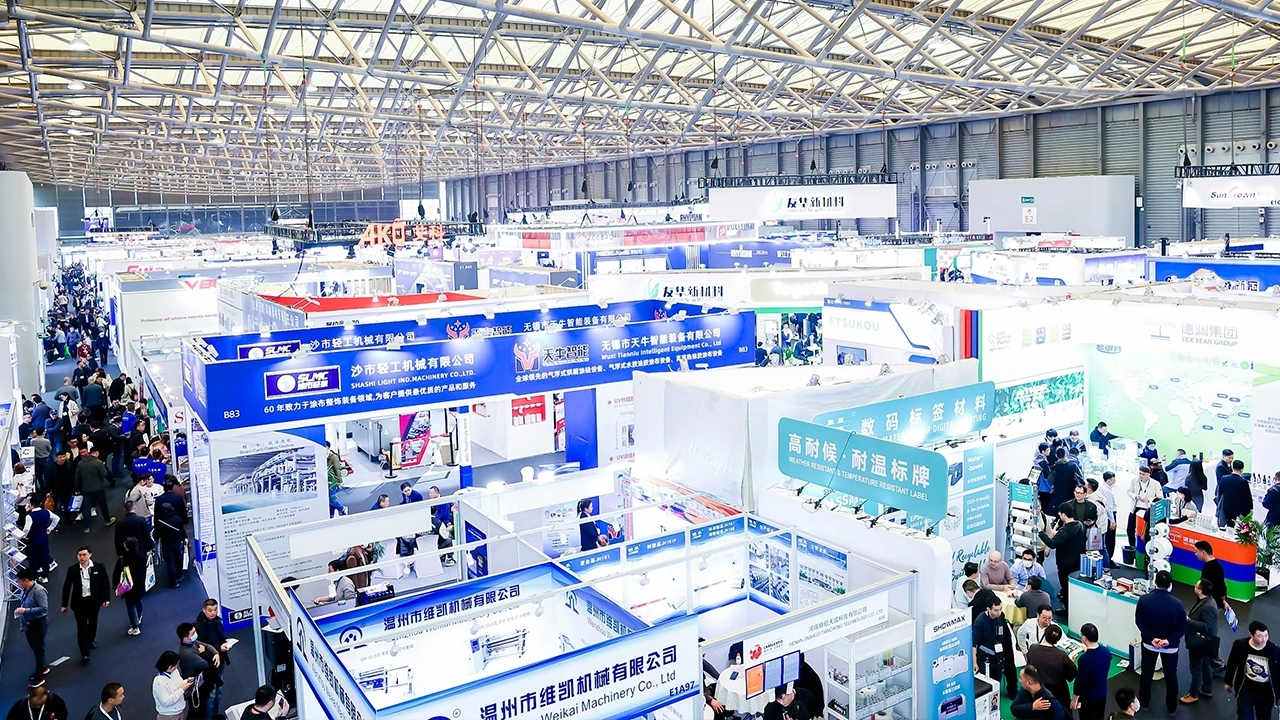Converting beyond print

In issue 2 of L&L we take a closer look at how die-cutting and finishing skills can open up new, value added markets.
Called by many ‘functional’ converting or ‘converting beyond print’, we are talking about a wide range of applications requiring accurate die-cutting from a web of material, often on difficult and expensive substrates. These applications include – but are by no means restricted to – die-cut components for cell phone manufacture, facia panels for cars, medical items like bandages, access cards, transit cards, apparel tags etc.
The technical key to this business are the rotary cutting tools, which often have to be specially selected for use with highly abrasive materials. The same debate rages between solid and magnetic tooling – with mag dies able to handle longer runs of abrasive materials then ever before – but technically there is nothing here that can’t be handled by any competent narrow web converter.
Converters on both sides of the Atlantic have pioneered these applications – Schreiner Etiketten in
Much functional converting work, of course, takes place in the
Stay up to date
Subscribe to the free Label News newsletter and receive the latest content every week. We'll never share your email address.


